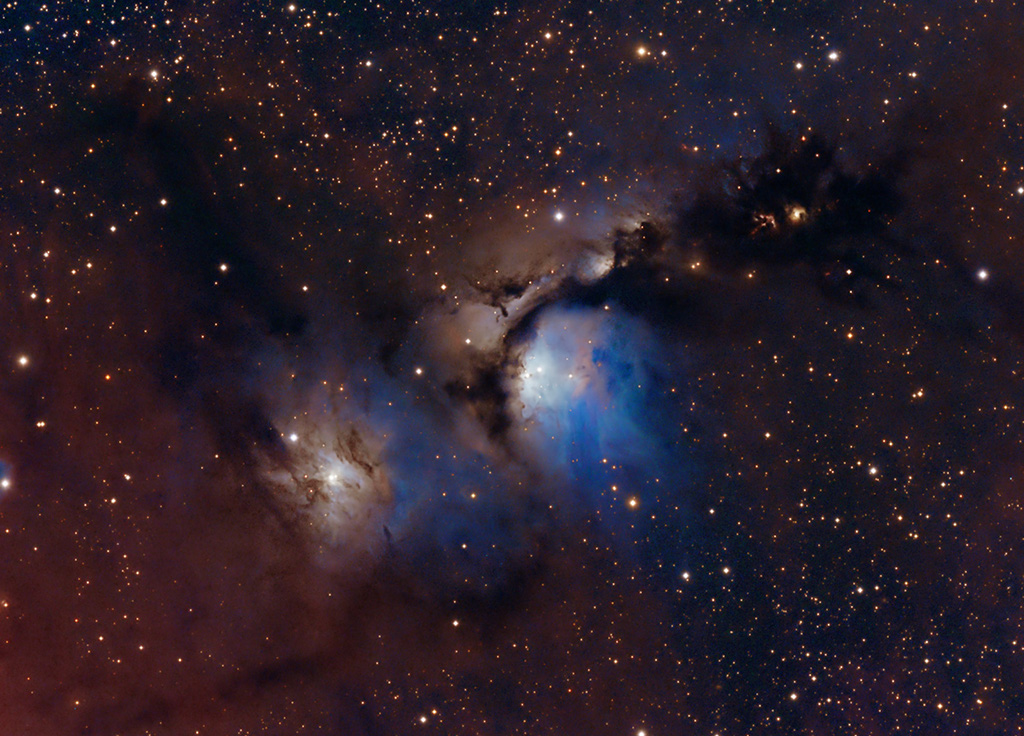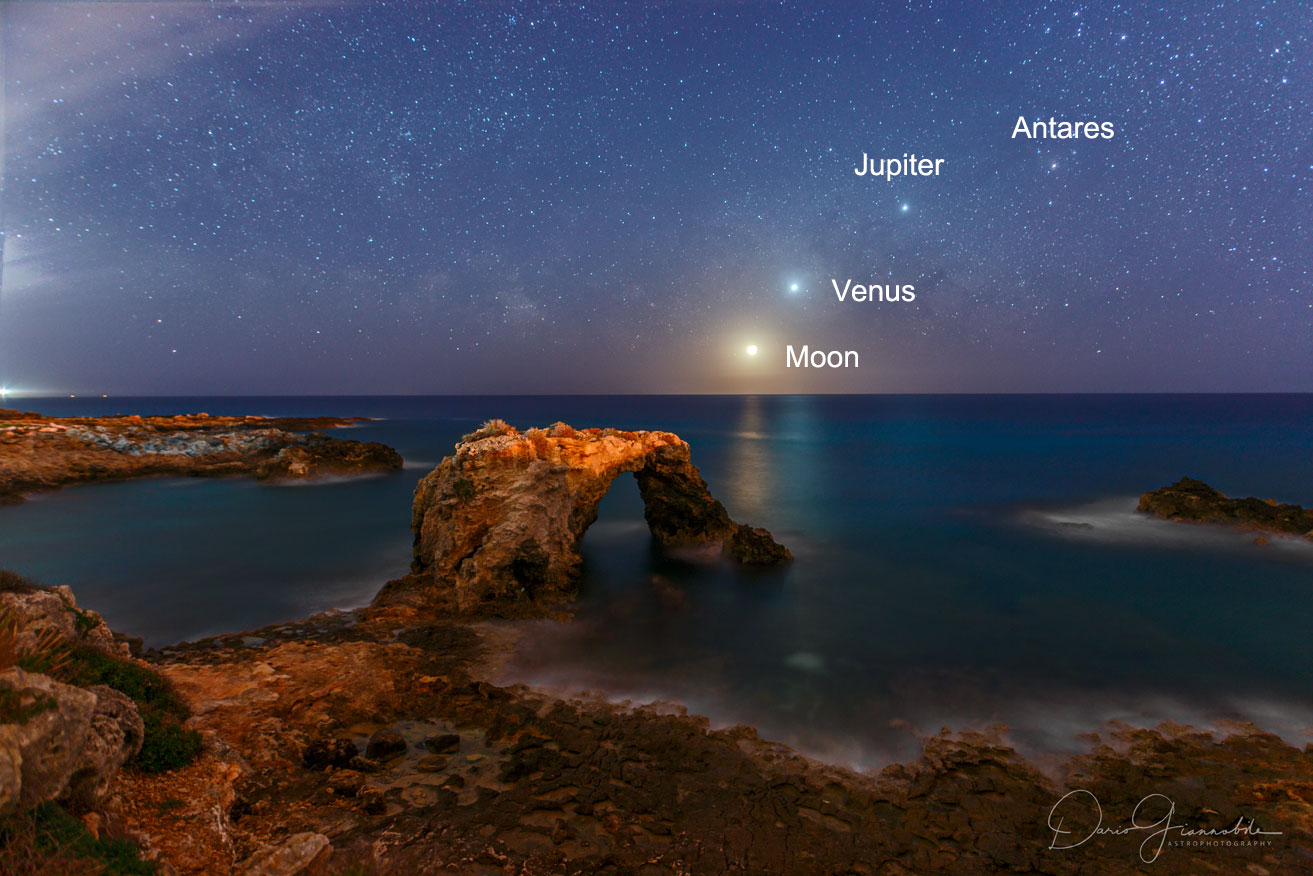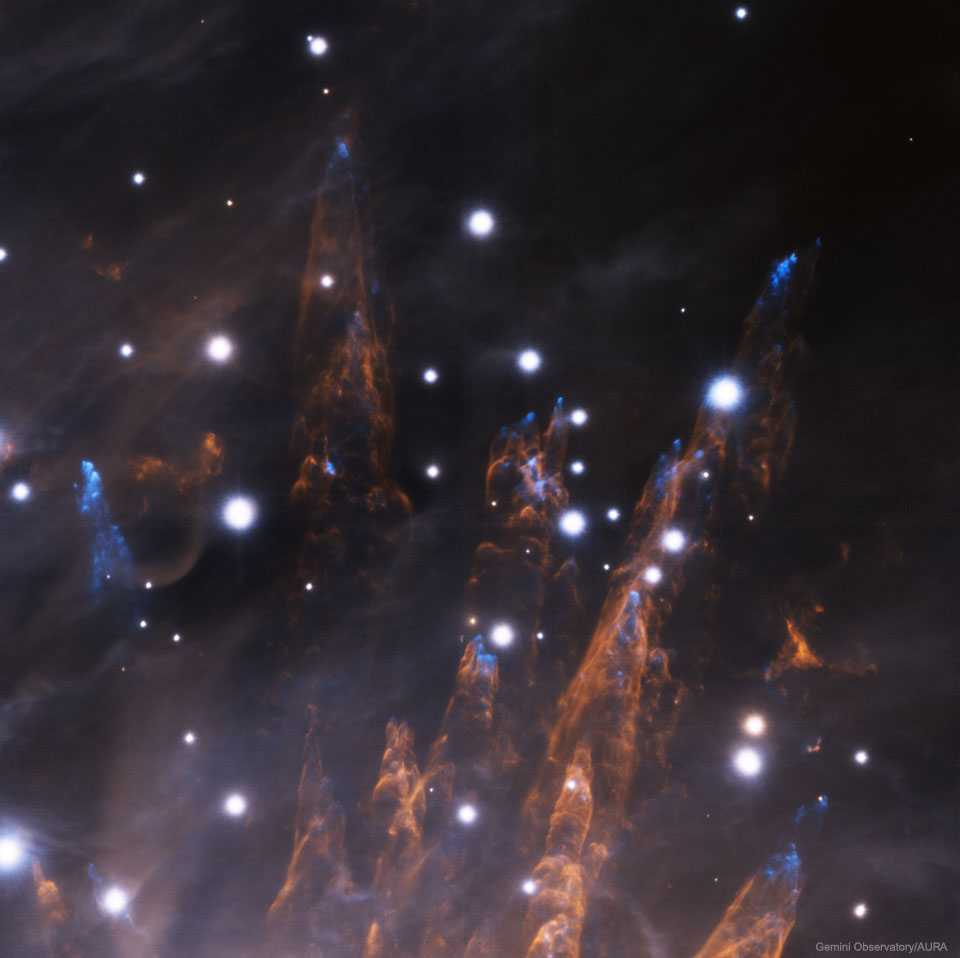
"Chrysocolle de Katanga aux airs de mangrove"
La chrysocolle est un minéral d'altération des minéraux de cuivre. Elle est généralement associée à d'autres minéraux de cuivre, comme ici à la malachite. Ces associations procurent des verts et des bleus plus ou moins intenses et zonés aux motifs contrastés. Elle se présente en formes massives, en concrétions, en stalactites ou en croûtes et enduits, mais très rarement en cristaux aciculaires.
Cet échantillon provient de la province du Katanga, dans la ceinture cuprifère de Kolwezi et Likasi, au sud de la République démocratique du Congo, près de Lubumbashi (ancienne Elisabethville).
Bruno Cupillard









